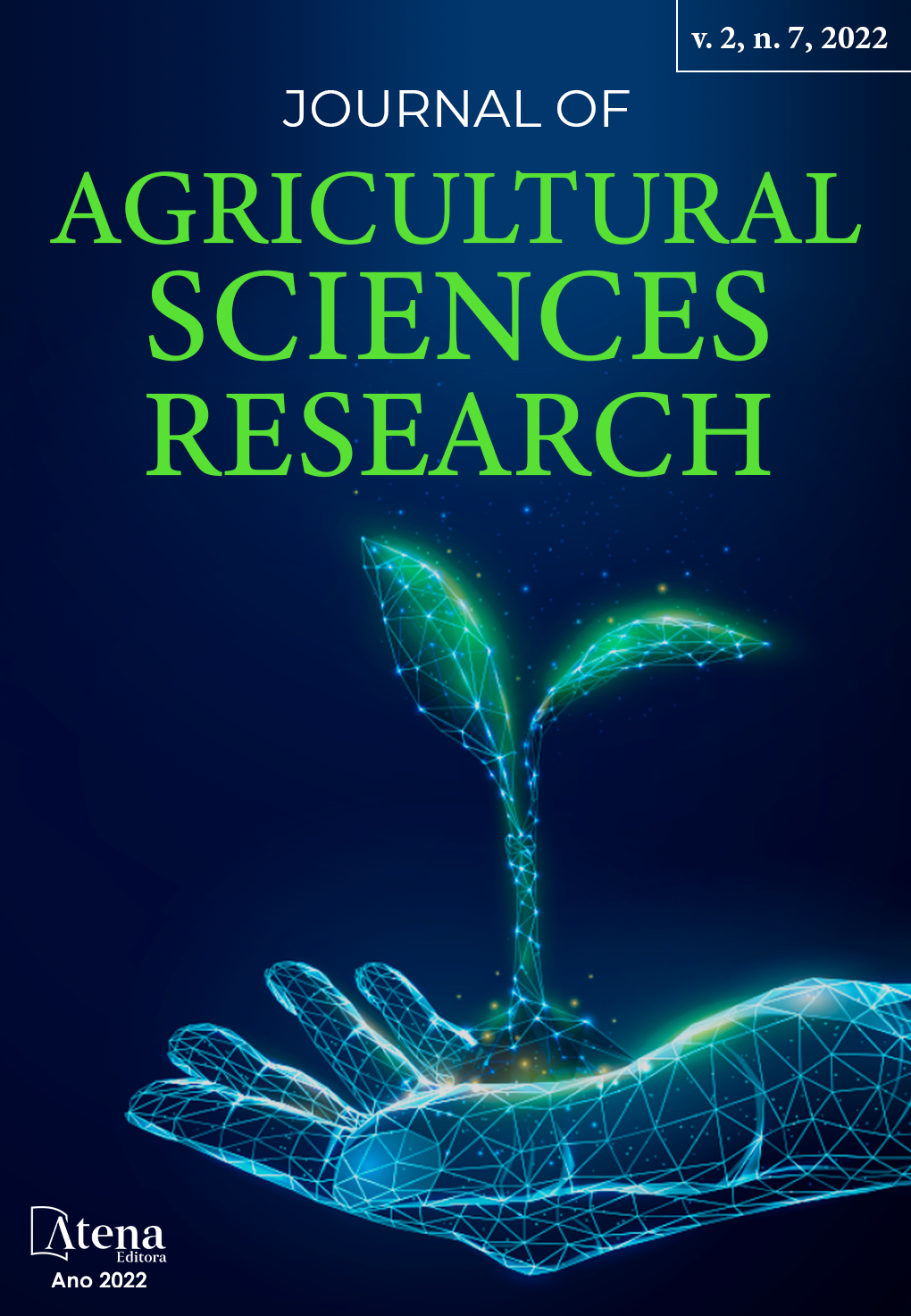
Efecto de bacterias promotoras crecimiento vegetal en el rendimiento de jamaica criolla (Hibiscus sabdariffa) en la costa chica de Guerrero, México
En México, Hibiscus sabdariffa L., es el cultivo de mayor importancia para la economía mexicana con base en el número de empleos que se genera en cada ciclo de cosecha. Los principales estados productores son Guerrero y Oaxaca, sin embargo, los rendimientos que se obtienen son muy bajos debido a los problemas fitosanitarios que se presentan durante el cultivo. Ante esta panorámica y en busca de generar alternativas productivas que ayuden a mitigar estas problemáticas y mejorar los rendimientos de manera sostenible, evaluamos dos biofertilizantes a base de consorcios a base de bacterias promotoras de crecimiento vegetal (BPCV) elaborados por Tratamiento 1 (T1) (2 cepas de Klebsiella sp HPAA3 y PB02), y el Tratamiento 2 (T2) (Pseudomonas putida y 3 cepas de Serratia sp M, T457 y 5H2) y el Tratamiento 3 (T3) (agua) en una parcela demostrativa de jamaica criolla, y se hicieron las estimaciones económicas de cada bioformulado. Se hicieron cuatro inoculaciones en todo el ciclo del cultivo por asperjado y en la base del tallo. Al final del ciclo se cosecho por tratamiento y se obtuvo el rendimiento en t/ha-1 en cada parcela. Los resultados obtenidos en el T1y T2 fueron 2 t/ha-1, y el T3 con solo 1 t/ha-1 de peso seco respectivamente, así mismo los costos de producción sacando mejores beneficios económicos aplicando los tratamientos. Finalmente, los tratamientos a base de BPCV ejerce mayor efectividad y, por ende, son una sólida alternativa ecológica para pequeños y grandes productores de jamaica.
Efecto de bacterias promotoras crecimiento vegetal en el rendimiento de jamaica criolla (Hibiscus sabdariffa) en la costa chica de Guerrero, México
-
DOI: 10.22533/at.ed.973272211071
-
Palavras-chave: jamaica, BPCV, biofertilizante, consorcio, rendimiento.
-
Keywords: hibiscus, BPCV, biofertilizer, consortium, yield.
-
Abstract:
In Mexico, Hibiscus sabdariffa L. is the most important crop for the Mexican economy based on the number of jobs generated in each harvest cycle. The main producing states are Guerrero and Oaxaca, however, the yields obtained are very low due to phytosanitary problems that occur during cultivation. In view of this panorama and in search of generating productive alternatives that help mitigate these problems and improve yields in a sustainable manner, we evaluated two biofertilizers based on plant growth-promoting bacterial consortia (GPCB) elaborated by Treatment 1 (T1) (2 strains of Klebsiella sp HPAA3 and PB02), and Treatment 2 (T2) (Pseudomonas putida and 3 strains of Serratia sp M, T457 and 5H2) and Treatment 3 (T3) (water) in a demonstration plot of creole hibiscus, and economic estimates were made for each bioformulation. Four inoculations were made throughout the crop cycle by spraying and at the base of the stem. At the end of the cycle, each treatment was harvested and the yield in t/ha-1 was obtained in each plot. The results obtained in T1 and T2 were 2 t/ha-1, and T3 with only 1 t/ha-1 of dry weight respectively, as well as the production costs, obtaining better economic benefits by applying the treatments. Finally, the BPCV treatments are more effective and, therefore, are a solid ecological alternative for small and large producers of hibiscus.
-
Número de páginas: 15
- Lorenzo Cruz Erendira
- Forero Forero Angela Victoria
- Toribio Jiménez Jeiry
- Ortega-Acosta Santo Ángel
- Rodríguez Barrera Miguel Ángel
- Romero Ramírez Yanet
- Ojendiz Mata Yad Ciri
- De Jesús Acatitlan Imelda E
- Ventura Cantú Lizeth
- Angela Victoria Forero-Forero


